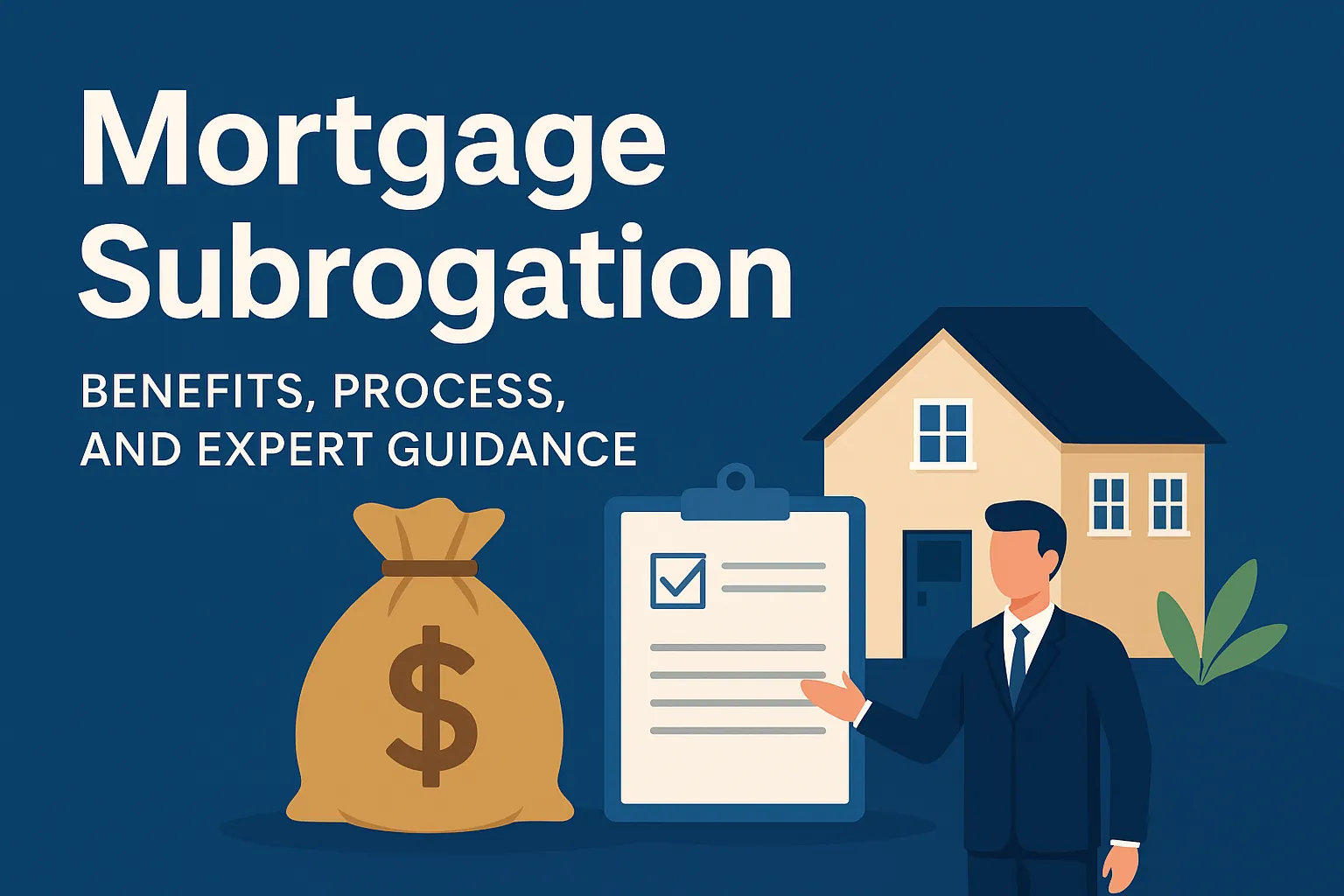A Complete Guide to Exploring Affordable Personal Finance Solutions
Understanding Affordable Financial Options in the U.S.
Managing personal finances has never been more important. With inflation, rising interest rates, and economic uncertainty, millions of Americans are searching for ways to stabilize their financial health. Whether it’s finding low-interest personal loans, consolidating debt, or accessing government-backed financial assistance, there are options designed to help you regain control and reduce stress.
This guide provides a detailed comparison of affordable financial solutions, including programs that start with $0 upfront costs, flexible payment plans, and nationwide availability.

Low-Interest and $0-Upfront Loan Options: How Do They Work?
Many Americans are unaware that some lenders and financial institutions offer $0-down or low-interest programs. These opportunities often come from partnerships between banks, credit unions, and federal or state-supported financial initiatives.
For example:
- Personal Loan Relief Programs: Certain lenders provide interest-free periods for qualified borrowers to help with short-term relief.
- Debt Consolidation Programs: These allow you to merge multiple high-interest debts into one manageable monthly payment — often with a reduced overall interest rate.
- Government-Backed Assistance: Through initiatives like the Small Business Administration (SBA) or Federal Credit Union programs, borrowers may qualify for low-rate loans with no hidden fees.
These programs exist to ensure financial stability and access to credit for individuals and families facing economic challenges.
Who Qualifies for Financial Assistance or Low-Interest Programs?
Eligibility varies depending on your income, credit profile, and state of residence, but common qualifying groups include:
- Individuals with steady income but high-interest debt.
- Families with moderate to low income levels.
- Self-employed workers or small business owners affected by rising costs.
- Individuals seeking to refinance existing loans for lower rates.
Many programs offer soft credit checks (which don’t affect your credit score) and instant pre-qualification to make the process simple and transparent.
No Collateral or Hidden Fees: What You Should Know
Most modern personal finance options — especially those under federal or credit union programs — don’t require collateral or extensive documentation. You don’t need to put your home, car, or savings at risk.
Instead, your eligibility is determined through:
- Basic personal and income information.
- Credit score review (soft inquiry in most cases).
- Simple online verification steps.
This approach makes financial solutions accessible for people with limited credit history or those recovering from financial hardship.
Nationwide Availability: Options Across All 50 States
Affordable financial solutions are available nationwide. Whether you’re in California, Florida, or Texas, you can access reputable lenders and credit programs online. Many platforms work directly with federal-registered credit institutions, ensuring transparent and compliant lending practices.
If you’re unsure where to begin, start by comparing offers through verified financial marketplaces or consumer credit platforms.
How to Compare Affordable Financial Plans
When exploring finance solutions, keep these key steps in mind:
- Evaluate Your Goals: Are you looking to consolidate debt, fund an emergency, or lower monthly payments?
- Check for Eligibility: Many lenders offer online tools to check pre-qualification with no impact on your credit.
- Compare Interest Rates & Fees: Look for APR, late payment penalties, and service fees.
- Assess Repayment Flexibility: Choose plans that allow early repayment without penalties.
- Understand Loan Terms: Balance between monthly affordability and total cost over time.
- Verify the Lender’s Credibility: Ensure the platform or institution is accredited and compliant with U.S. lending laws.
Step-by-Step Guide to Accessing Financial Support
- Gather Key Details: Income, credit score, and debt information.
- Visit a Verified Financial Marketplace: Compare loan or relief programs in your area.
- Pre-Qualify Online: Get instant offers based on your financial profile.
- Select the Best Option: Review repayment terms and conditions.
- Submit Your Application: Approval can take from minutes to a few business days.
- Receive Funds or Debt Support: Once approved, you can start repayment or relief immediately.
Alternatives and Special Considerations
In addition to traditional loans, consider:
- Balance Transfer Credit Cards: Low or 0% APR introductory periods to consolidate debt.
- Credit Counseling Agencies: Nonprofit organizations that negotiate lower interest or payment plans with creditors.
- Government Hardship Programs: State or federal relief for specific income brackets.
If you’re self-employed or managing irregular income, some financial institutions provide flexible repayment options tailored to fluctuating cash flow.
Common Challenges and Solutions
Some people face barriers like low credit scores or lack of financial literacy. Don’t worry — there are solutions:
- Use free credit counseling services to get personalized guidance.
- Avoid payday or predatory loans with extremely high interest rates.
- Build or repair your credit using secured credit cards or credit-builder loans before applying for larger amounts.
Summary and Key Takeaways
Affordable financial solutions are within reach for most Americans. With government-backed programs, low-interest personal loans, and no-collateral options, you can take control of your finances today.
To get started:
- Compare verified lenders or programs online.
- Check for pre-qualification in minutes — no impact on credit.
- Choose plans that fit your income and goals.
- Use official financial marketplaces for transparency and security.
Your path to financial freedom starts here.
Take the first step — explore affordable finance options today.











